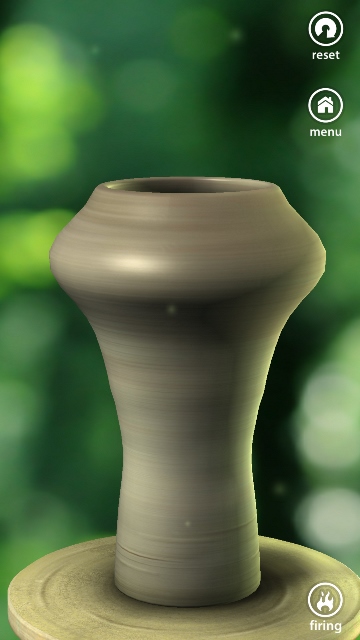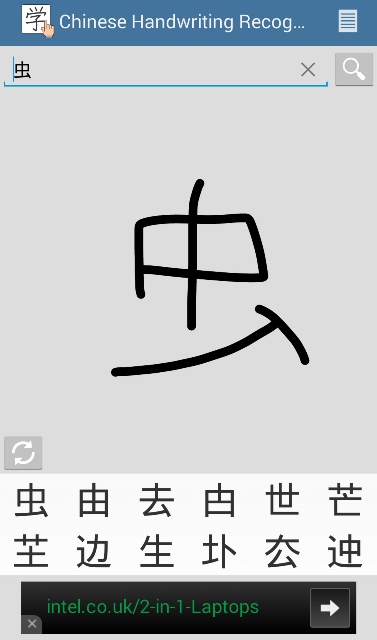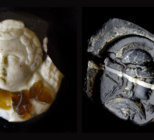Someone I worked with loved to tell people that there’s more computing power in a mobile phone than in the Curiosity Rover that’s trundling around on Mars. The amount of things that mobile devices can do nowadays is simply astonishing, considering that it wasn’t too long ago that the most you could hope a new phone to have was Snake II.
I work in the Schools and Young Audiences team at the British Museum as a Family Facilitator in the Samsung Digital Discovery Centre where we, unsurprisingly, use technology a lot in our sessions.
When I first began working there, we used laptops in our sessions, but increasingly we are moving more and more towards the mobile devices. It made sense, the families coming along to the sessions were increasingly familiar with how these newer devices worked – we saw lots of children a bit perplexed that touching the laptop’s screen didn’t have any effect.
Rethinking the equipment we use has also allowed us a lot more freedom. Families are no longer tethered to the computer in the Centre, but can explore in the galleries using technology that they already know how to use: mobile phones and tablet devices.
This freedom of movement helps add a new layer of context to the learning, as visitors can physically explore the relevant galleries as they’re learning.
When we first started experimenting with this, in an Egyptian themed activity called Passport to the Afterlife, we made use of Augmented Reality (AR) codes. However, this technology was soon superseded by a new way to use mobile technology: apps.
The team has been thinking about the possibilities apps have to offer. Something beyond the scanning tools, something that conveys learning through a new lens, and something that is more creative and could encourage learning at home should the families choose to take things a step further.
The answer, for the moment, has been to make better use of free apps.
So, what does this look like in practice?


One of our newer workshops, Exploring China, uses three different teaching techniques to explore our Chinese collection: gaming, storytelling and a practical task. Our artefacts provide the context for the learning, but the apps provide an accessible platform to explore.
The gaming app we use allows visitors to design pots and vases, with examples Chinese ceramics from the collection as a starting point. This has become a huge hit with audiences, as they compete to produce the best vase in the session. As this app covers other cultures, it has the potential to be used in a number of sessions.
Our storytelling element also takes the form of a read-along app, which tells the story of the Chinese zodiac. It provides some cultural detail that is accessible for younger participants as well as helping to develop their literacy.
The third app we use in this session is a handwriting recognition app. The idea for this activity is that the visitors can try their hand at drawing Chinese characters.
Although apps aren’t perfect (some display ads which isn’t ideal, though we are exploring our ad-free options) they certainly remove one key barrier: cost. What this means for the team is that we can experiment with different apps to find one that fits appropriately within our sessions without having to worry (too much) about budget whilst the families who enjoy learning with them can download them to carry on their learning experience at home without breaking the bank.
Here’s the thing: at the end of the day, we haven’t really changed the sessions. The ones that have been adapted still cover the same grounds in similar ways. The collection is still the focus, but we are actively exploring and experimenting with new ways to engage families with it.
The ideas and the concepts we explore and the themes we want to consider in our workshops haven’t changed, the platform has.











